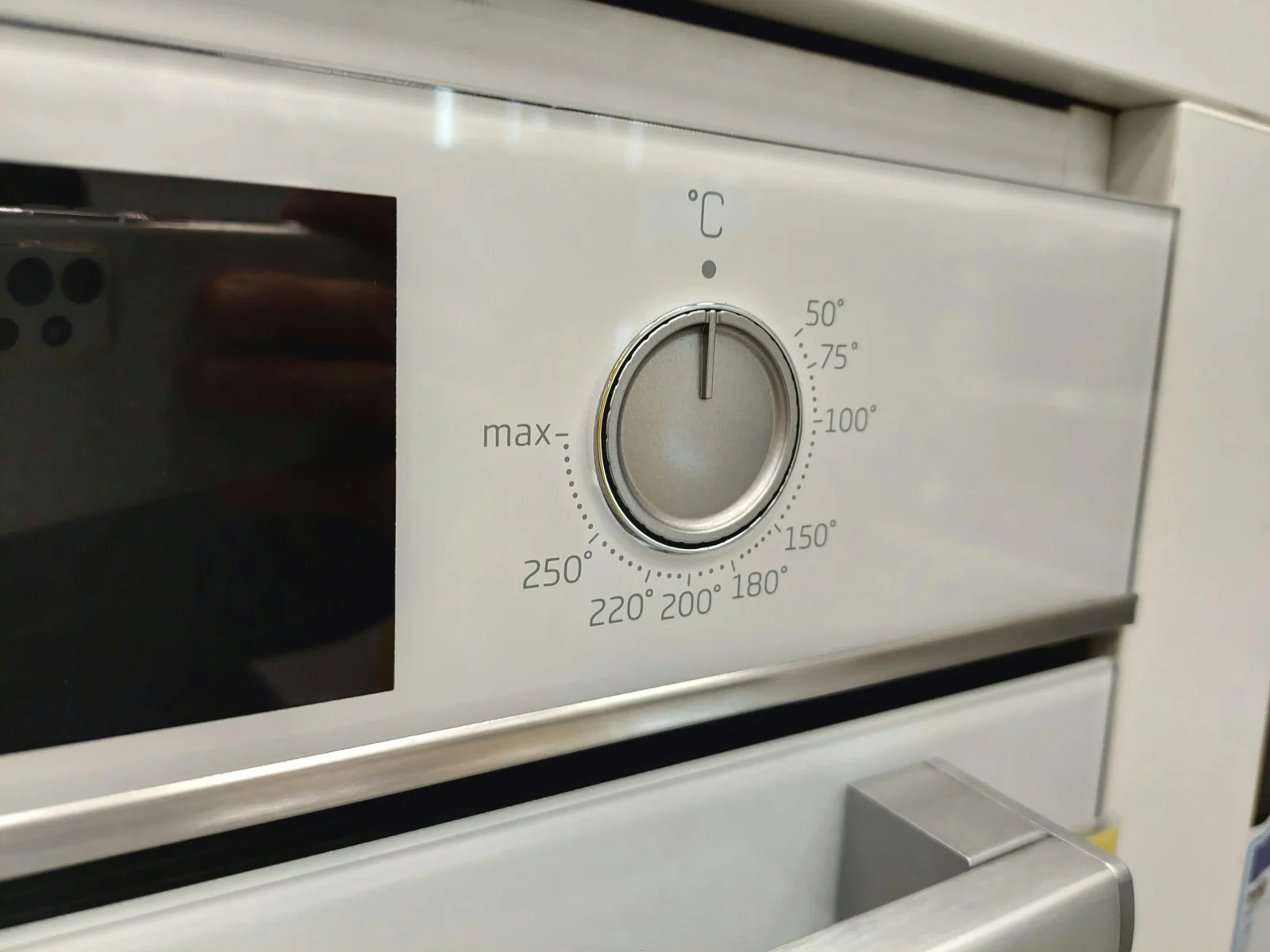- Home
- Articles
- Architectural Portfolio
- Architectral Presentation
- Inspirational Stories
- Architecture News
- Visualization
- BIM Industry
- Facade Design
- Parametric Design
- Career
- Landscape Architecture
- Construction
- Artificial Intelligence
- Sketching
- Design Softwares
- Diagrams
- Writing
- Architectural Tips
- Sustainability
- Courses
- Concept
- Technology
- History & Heritage
- Future of Architecture
- Guides & How-To
- Art & Culture
- Projects
- Interior Design
- Competitions
- Jobs
- Store
- Tools
- More
- Home
- Articles
- Architectural Portfolio
- Architectral Presentation
- Inspirational Stories
- Architecture News
- Visualization
- BIM Industry
- Facade Design
- Parametric Design
- Career
- Landscape Architecture
- Construction
- Artificial Intelligence
- Sketching
- Design Softwares
- Diagrams
- Writing
- Architectural Tips
- Sustainability
- Courses
- Concept
- Technology
- History & Heritage
- Future of Architecture
- Guides & How-To
- Art & Culture
- Projects
- Interior Design
- Competitions
- Jobs
- Store
- Tools
- More
How to Improve Indoor Air Quality for a Healthier Home

The air we breathe inside our homes has a profound impact on our health, yet most people don’t give much thought to what’s floating around their living spaces. Hidden pollutants lurk everywhere—from the cleaning supplies under your kitchen sink to the new furniture in your bedroom—quietly compromising your respiratory health and overall well-being. Many households turn to solutions like air purifiers to help filter out airborne contaminants and create cleaner indoor environments. By understanding and implementing proven strategies for healthier indoor air, you can make a meaningful difference in your family’s quality of life.
Table of Contents
ToggleUnderstanding Indoor Air Quality
Indoor air quality measures how clean and healthy the air is inside buildings and enclosed spaces. When air quality suffers, it can trigger breathing problems, aggravate allergies, and lead to more serious health issues down the road. Here’s a sobering fact: the Environmental Protection Agency has found that indoor air can be two to five times more polluted than the air outside your front door.
The usual suspects contaminating your indoor air include:
– Dust and dust mites that accumulate in carpets and upholstery
– Pet dander and hair that circulate throughout the home
– Mold spores and bacteria thriving in damp conditions
– Volatile organic compounds (VOCs) that off-gas from furniture and cleaning supplies
– Particulate matter generated by cooking and heating systems
Today’s energy-efficient building methods create homes that are essentially sealed boxes, trapping pollutants inside with nowhere to go. This reality makes it crucial to take an active role in managing your indoor air quality.

Sources of Indoor Air Pollution
Identifying where pollution originates puts you ahead of the game when it comes to tackling air quality problems. Household cleaning products are major culprits, releasing chemical vapors that can irritate your airways and trigger headaches. Meanwhile, building materials continue their assault long after installation—carpets, pressed wood furniture, and fresh paint can emit VOCs for months or even years.
Your daily routines also contribute to the problem. Cooking and heating systems produce combustion byproducts, while outdoor pollutants sneak in through doors, windows, and ventilation systems. Even seemingly innocent activities add to the burden: burning candles releases particles into the air, aerosol sprays introduce chemical compounds, and poor ventilation allows these pollutants to build up over time.
Practical Strategies to Improve Indoor Air Quality
Ventilation serves as your first line of defense against poor air quality. Make it a habit to open windows regularly, allowing fresh air to sweep through your home and carry stale air outside. Don’t forget to run exhaust fans in bathrooms and kitchens—they’re your best bet for removing moisture and pollutants right where they’re created.
Source control means stopping pollution before it starts. When shopping for paint, cleaning products, or furniture, look for low-VOC options. Keep chemical products sealed tight and stored away from your main living areas. And here’s a non-negotiable: never allow smoking inside your home.
Humidity control keeps mold at bay and reduces dust mite populations. Aim to maintain indoor humidity levels between 30-50% by using dehumidifiers in damp spaces and ensuring adequate ventilation in moisture-heavy areas like bathrooms and laundry rooms.
Smart cleaning practices help eliminate pollutants that have already settled in your home. Vacuum regularly using equipment with HEPA filters, wash your bedding weekly in hot water, and dust surfaces with damp cloths rather than dry ones—this prevents particles from becoming airborne again.
Key Takeaway: The secret to success lies in combining multiple approaches. Ventilation, source control, humidity management, and consistent cleaning work as a team to deliver the best possible indoor air quality.
Special Considerations for Sensitive Groups
Children, older adults, and anyone dealing with asthma or allergies need extra protection from air quality issues. Their respiratory systems are more vulnerable to irritants, and they often experience symptoms faster and more intensely than others.
If your household includes sensitive individuals, consider going the extra mile with fragrance-free products, tighter humidity control, and special attention to bedroom air quality—after all, we spend roughly a third of our lives sleeping.

Recognizing and Addressing Common Indoor Air Quality Issues
Poor air quality has a way of announcing itself through persistent symptoms that just won’t quit: ongoing headaches, allergy flare-ups that seem to come from nowhere, respiratory irritation, or that tired feeling you can’t shake. Physical signs like musty smells, visible mold growth, or dust that seems to reappear moments after cleaning point to specific problems that need your attention.
When symptoms persist or you suspect serious underlying issues, it’s worth bringing in a professional. Certified indoor air quality specialists have the tools and expertise to uncover hidden problems like mold growing inside walls or ventilation systems that aren’t doing their job.
Helpful Tip: Here’s one of the easiest wins for better air quality—replace your HVAC filters every 1-3 months. This simple maintenance task keeps air flowing properly and dramatically improves filtration throughout your entire home.
Creating Your Healthier Home Environment
Achieving good indoor air quality isn’t a one-and-done project—it requires ongoing attention and care. But the payoff in terms of health and comfort makes every effort worthwhile. Begin with straightforward changes like opening windows more often and switching to cleaner products, then build from there with more comprehensive improvements.
Take an honest look at your current situation. Walk through your home and identify potential pollution sources, check how well air moves through your spaces, and think about your family’s specific needs and sensitivities. Remember, you don’t need to overhaul everything at once. Small, steady improvements can transform your living environment and help everyone in your household breathe a little easier.
illustrarch is your daily dose of architecture. Leading community designed for all lovers of illustration and #drawing.
Submit your architectural projects
Follow these steps for submission your project. Submission FormLatest Posts
Dependable Service for Everyday Appliance Problems
When a washer stalls mid-cycle or a fridge warms up, you need...
8 Essential Web-Based Mapping Tools for Modeling Sea Level Rise and Flood Impacts
As climate change accelerates, flood risk and sea level rise have become...
How Sydney’s Architecture Responds to Climate, Light, and Lifestyle
Sydney’s architecture has never been driven by form alone. It evolves through...
Shipping Containers as Functional Infrastructure on Construction Sites
Construction sites are temporary by definition, yet the systems that support them...












Leave a comment